I Visited The Biggest Trees In The Pacific Northwest & This is What They Taught Me
Trees are often relegated to the background of our lives. But taking time to visit with them and understand them has changed me. Learn what trees can teach you.
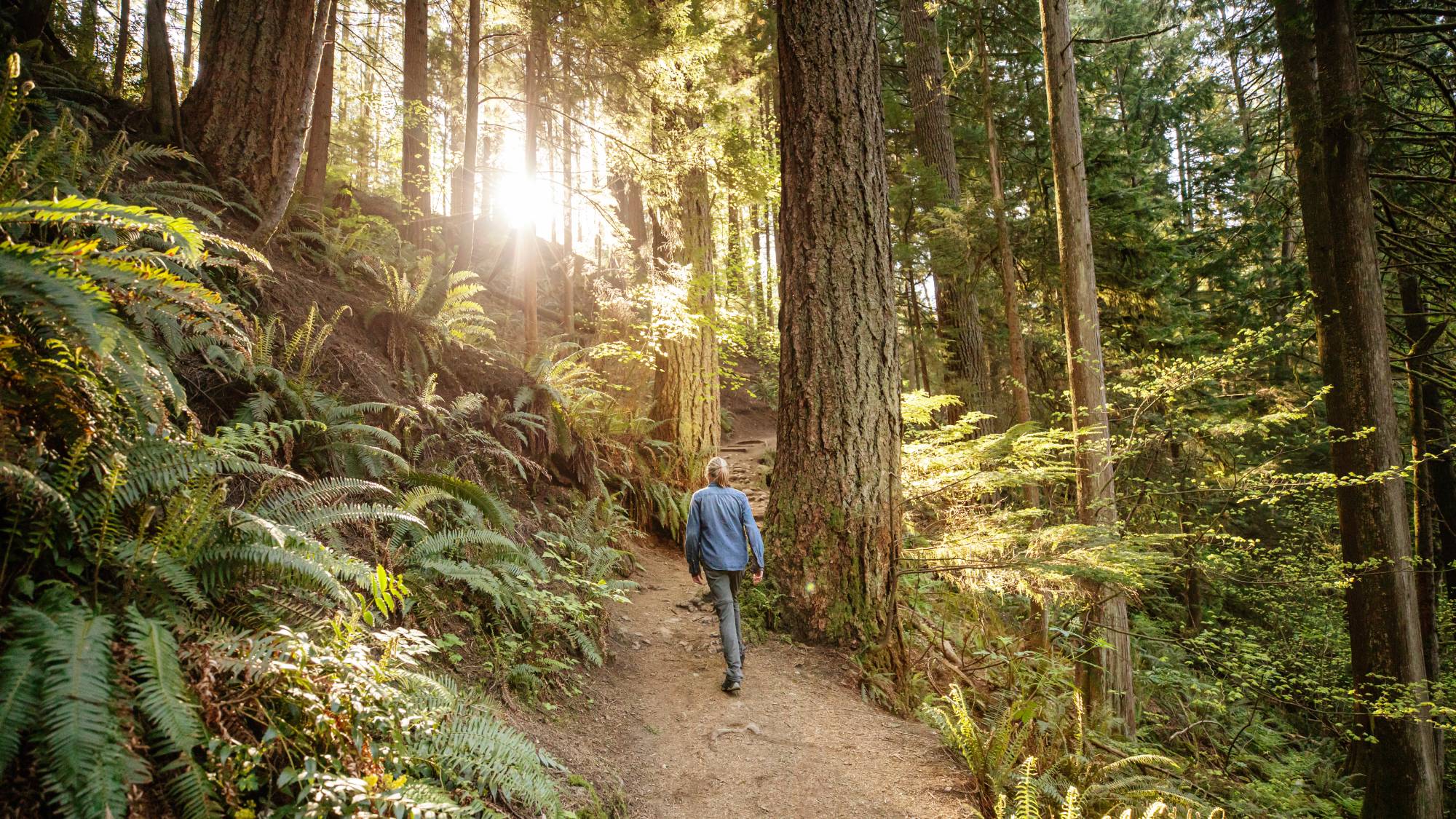

As a committed gardener, I baby my plants and try to learn as much as I can about them. But one group of plants, evergreen trees, was an area I had little knowledge about. My range is the Pacific Northwest, home to some of the most giant conifers and evergreens in the world.
In fact, many are world record setters and they are just a brief drive from my front door. I visited eight of the biggest Pacific Northwest conifers and they didn't just teach me about themselves, they taught me about life.
Redwood trees are colossal. It is hard to truly understand how large they are until you are standing under one. Some of these giant creatures have been around for over 1,000 years. But they aren't the only big trees in the Pacific Northwest. Follow along with me as I recount my journey to meet the largest trees in the PNW and what they taught me.
The Giant Trees of the Pacific Northwest
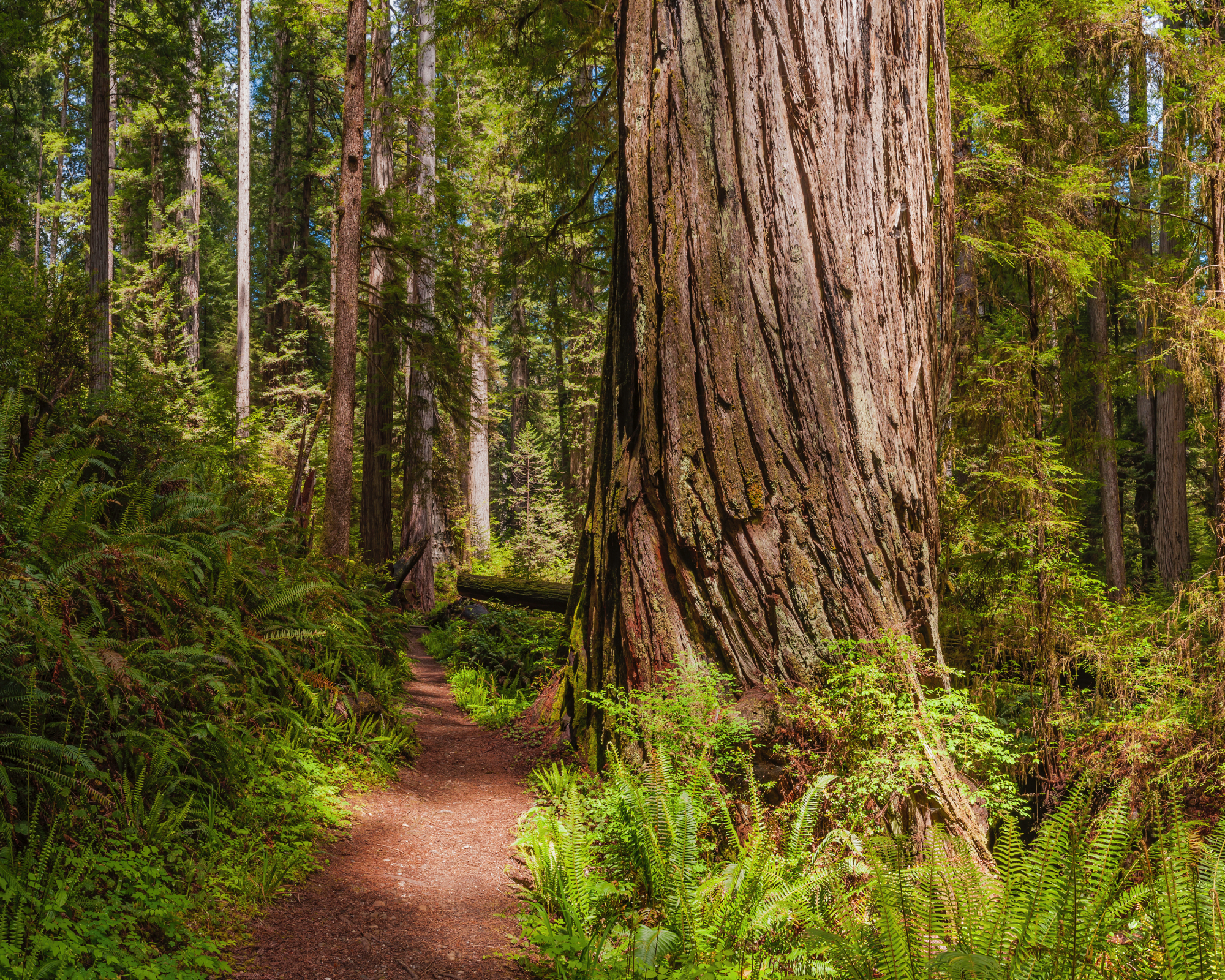
The Pacific Northwest is composed of coast, forest, and plains. The coastal forests are the home of some impressively sized trees that are an important source of food and habitat for its wildlife. These range along California, Washington, and Oregon. As a child I visited the great redwood forest in California. The sight of those monstrous trees left an indelible impression on my young mind. Along the nature trails there were educational plaques that told of the harmful logging of these trees and the impact on the environment. I was awed that some of those trees were up to 3,000 years old. Their impressive size was due to the climate and their longevity. By logging the forest extensively, the delicate ecosystem was permanently damaged and many animals and plants faced loss of habitat.
In this region, the temperatures are mild, and there is plenty of snow runoff from the Cascades and other mountains. The temperate climate means the growing season is long. Along the coast, the trees are not exposed to harsh weather events like tornados and hurricanes that could damage or kill the trees before maturity. The soils are rich from ancient lava flows and a deep carpet of forest humus. All of this combines to create a perfect environment for long lived trees to reach their potential heights.
The trees I have seen are the largest western red cedar, Sitka spruce, western and mountain hemlocks, grand fir, Engelmann spruce, Douglas fir, and yellow cedar. Many of these required a pleasant hike to visit their forest home, but that is part of the fun. As you stand and gaze upwards to try to see their tops, you can’t help but be reminded of the awesomeness of Mother Nature and our connection to the land. The fact that these trees have lived hundreds if not thousands of years lets you know how important they are. My life is but a blip in their long lives and my insignificance in the greater scheme of things couldn’t be clearer as I stare at these beautiful giants.
What I Learned From These Giants
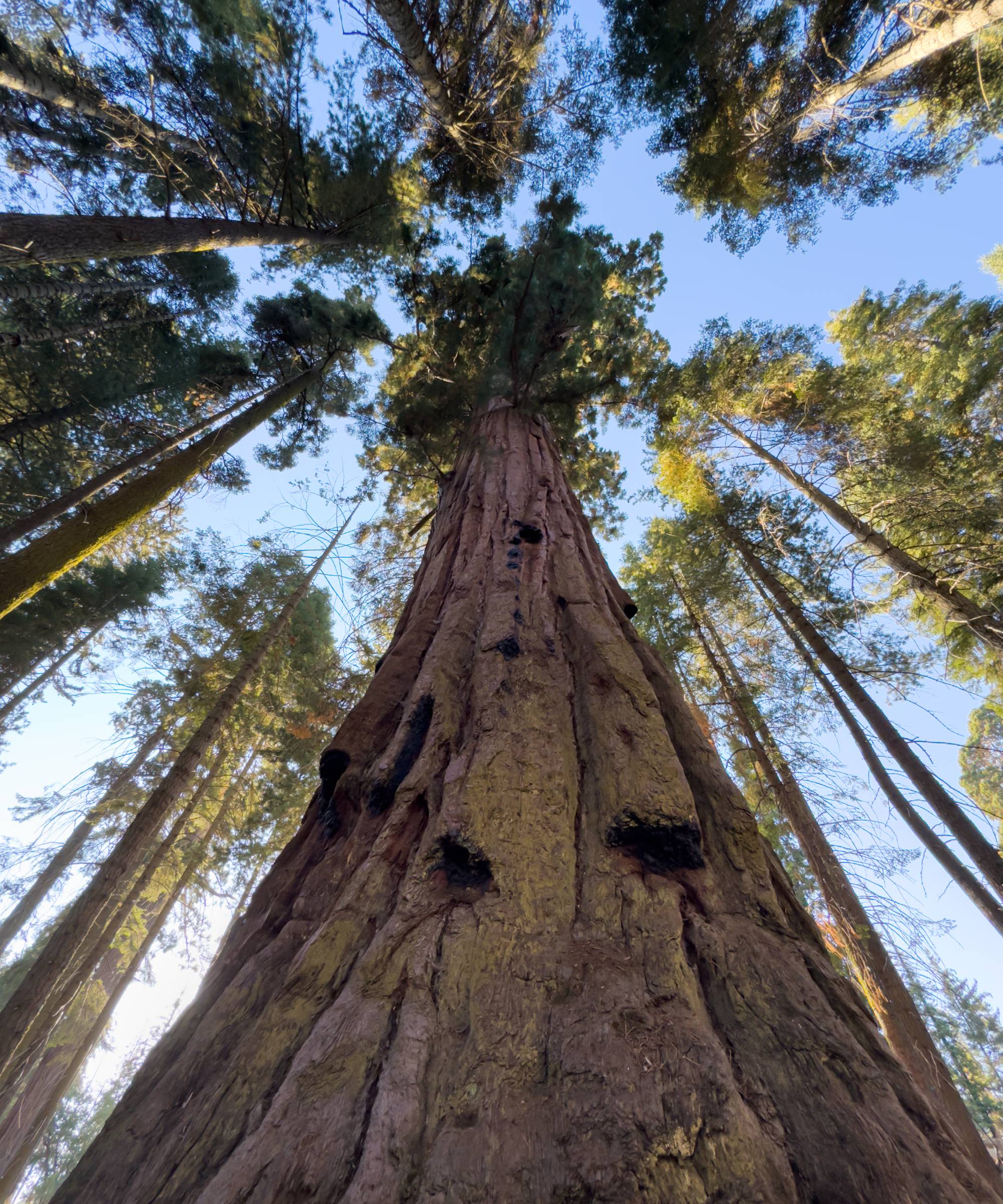
I had a house in Seattle that had numerous mountain ash trees. It was a large property and there were eight of these trees in various stages of health. I had to have two taken down by an arborist but he helped me save the others. The hole in my landscape left by the removed trees mimics, in a way, the hole left in an entire ecosystem when a tree is felled in a forest. Everything in nature is connected. Without one component other factions of the whole have to adapt and adjust. But what if the tree was a pivotal feature of the area that sustained most life? Its removal would be catastrophic to the other life forms in the forest.
Sign up for the Gardening Know How newsletter today and receive a free copy of our e-book "How to Grow Delicious Tomatoes".
As keystone plants, trees give sustenance, shelter, and nesting sites. They control the temperature and moisture that exists below them. Changing one piece of this well engineered natural machinery can have detrimental effects on the entire system of life. It gives me a new understanding of the importance of trees.
What You Can Learn From the Trees
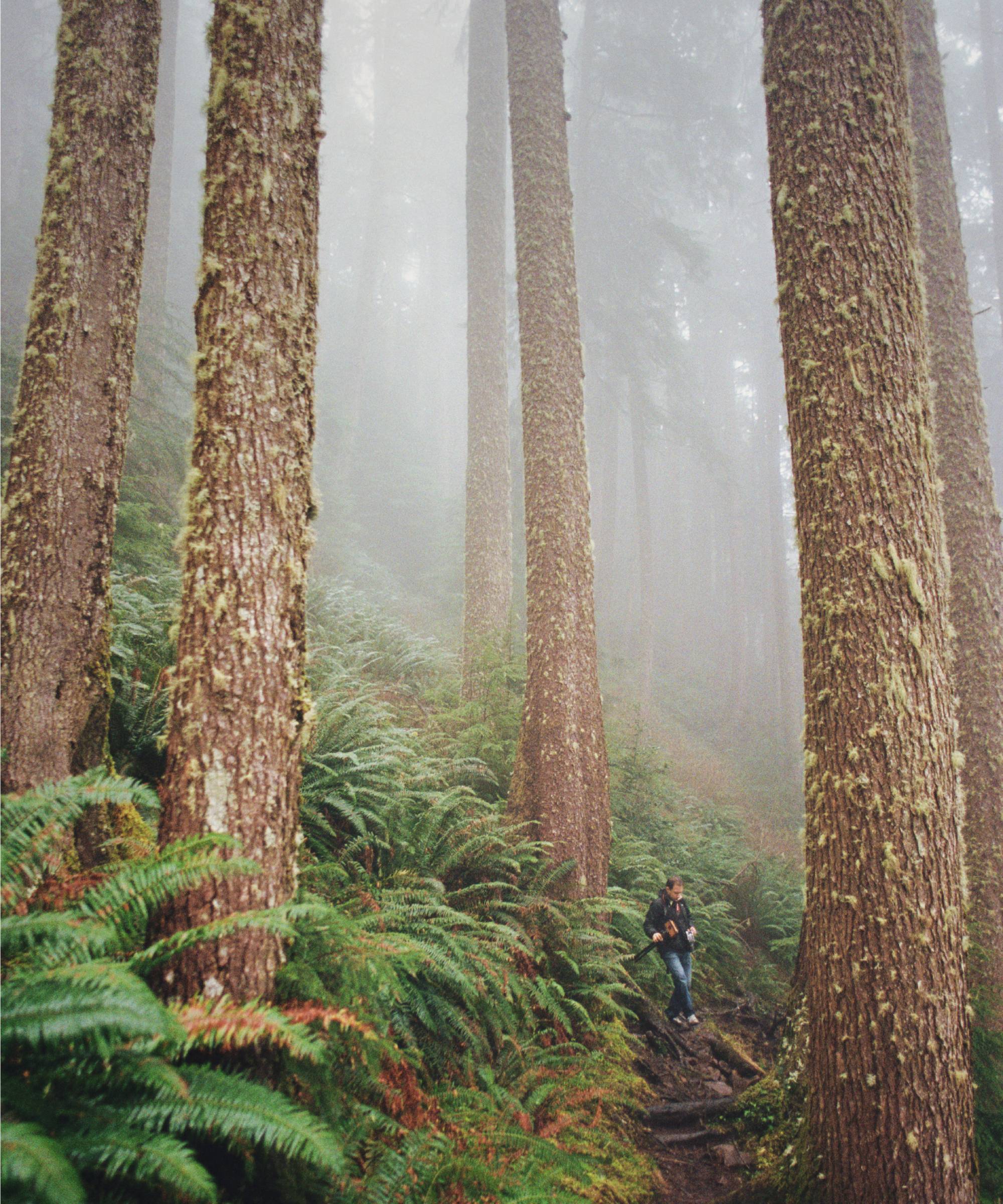
When you go see these record holding trees they are in their natural state. You have the opportunity to observe the many birds, squirrels, chipmunks, and other animals that make the trees their home. Any nooks or holes are harboring racoons or other nighttime foragers. Their shade sustains countless fungi and organisms like lichen thrive on their bark. Trees clean the air and filter water. Their roots stabilize the soil and prevent erosion. Even in death trees support life. Their snags are homes to many birds and animals. Their decomposition enriches the soil and feeds beneficial organisms and fungi. They reduce the greenhouse effect, absorb excess carbon from the air, cool the forest, and much much more.
In our polluted world, trees are more important than ever. The acres upon acres of land that have been clear cut for modern building and other reasons have had a critical impact on the way nature is supposed to work. An unhealthy ecosystem in one area tends to bleed out into other ecosystems. Planting trees in our yards is one way to help combat environmental instability. By planting just one tree, it can provide enough clean air for two to four people for a year. And it does all this while looking beautiful, providing resources for other organisms, and regulating your yard’s temperature.
I’d suggest a visit to these huge trees. It is daunting to be in the presence of such giants both in stature and in importance. When you gaze up to try to see their tops, just remember, trees are one of our most important resources. Take care of them.
Big Trees for Your Ecosystem
- 'Black Hills' ponderosa pine is suitable for USDA Zones 3-7 and it will reach 80 feet (24.4 m) at maturity. This tall beauty is resilient and known for its pest and disease resistance. Ponderosa pines can live 300-600 years! Find the 'Black Hills' ponderosa pine at Fast Growing Trees.
- Loblolly pine trees reach up to 100 feet (30.5 m) at maturity and are suited for USDA Zones 6-9. Loblolly pines provide important habitat for animals native to the Southeastern U.S. and they can tolerate heat, flooding, and poor soil. Find your loblolly pine at Fast Growing Trees.
- Eastern hemlock trees are great trees that tolerate shady locations and top out at 70 feet (21.3 m). They grow well in USDA Zones 3-7 and have lacy needles that provide privacy and sound-dampening in your landscape. Hemlocks are being killed by the hemlock wooly adelgid insects so it is more important the ever to keep planting and preserving them. Find Eastern hemlocks at Fast Growing Trees.
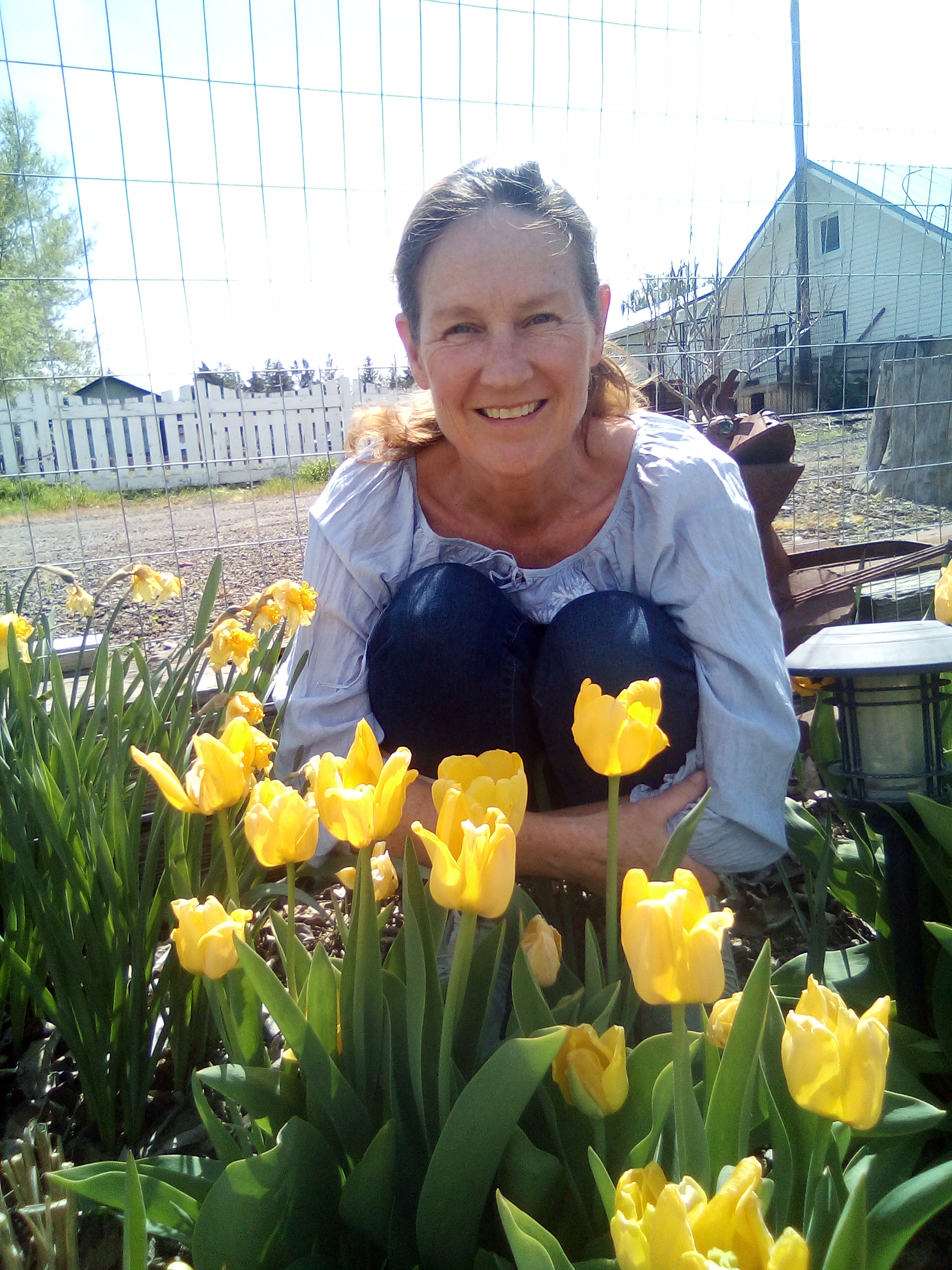
Bonnie Grant is a professional landscaper with a Certification in Urban Gardening. She has been gardening and writing for 15 years. A former professional chef, she has a passion for edible landscaping.
- Kathleen WaltersContent Editor
- Amy DraissDigital Community Manager